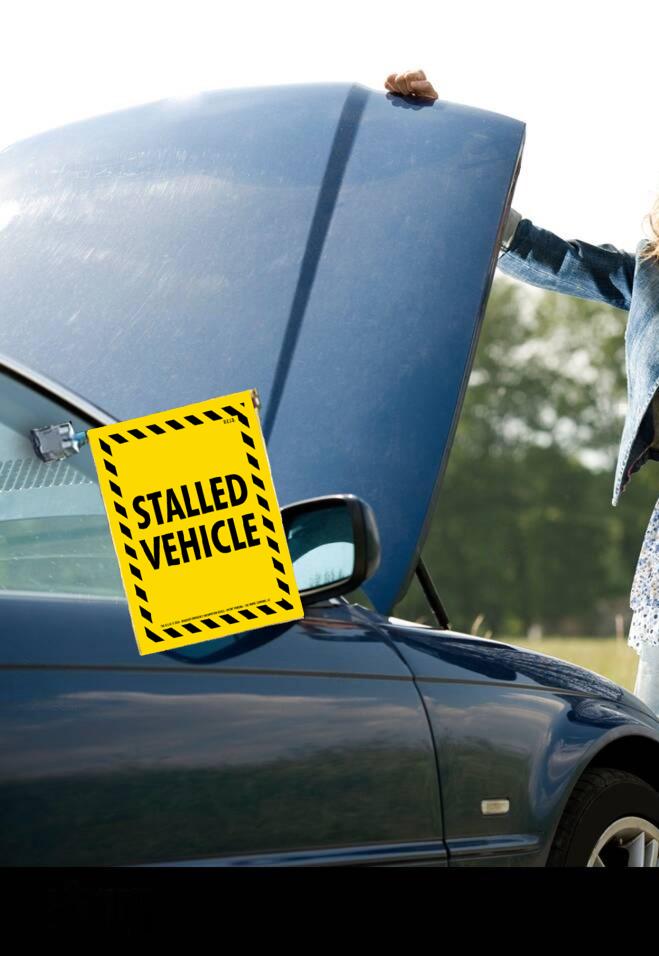Danger Signs for Drivers Road Safety and Hazard Awareness

Roadways are filled with visual cues that guide and safeguard travelers. Among the most vital are danger signs and emergency signs, which act as silent sentinels, warning motorists about unseen risks ahead. From winding curves to sudden construction zones, these alerts are not just reflective boards on poles—they are life-saving tools designed to prevent collisions, injuries, and chaos. Recognizing, interpreting, and responding to these alerts is an essential skill for every responsible driver. This article explores the significance of hazard indicators, their role in maintaining order, and the strategies motorists can adopt for maximum vigilance.
Why Danger Signs Matter on Roads
Danger on the road is not always obvious. A sharp bend may look harmless until taken at high speed, or a seemingly smooth stretch may conceal sudden dips. Danger signs exist to highlight these concealed perils before they turn catastrophic. By transmitting warnings in seconds, they empower drivers to slow down, adjust steering, or prepare for abrupt stops.
Motorists who ignore these signals gamble not only with their own safety but also with that of passengers and other road users. Every emergency sign encountered serves as a proactive barrier between potential disaster and safe passage.
The Psychology Behind Road Safety Alerts
Human perception plays a vital role in traffic safety. Bright hues, distinct shapes, and bold symbols on hazard indicators are not randomly designed; they are crafted to trigger instant recognition. For example, triangular warnings demand caution, while rectangular emergency boards provide guidance during crises.
Cognitive Response to Signals
-
Color coding: Red denotes immediate risk, yellow conveys caution, and blue often relates to services or directions.
-
Symbol clarity: Pictograms such as slippery road icons or falling rock graphics reduce reliance on text, ensuring universal understanding.
-
Quick recognition: When fatigue sets in, familiar shapes still pierce through mental fog, anchoring attention to hazards ahead.
Common Types of Danger Signs Drivers Encounter
Every roadway integrates a network of warnings tailored to its environment. Some frequently spotted danger signs include:
H3: Sharp Curves and Bends
Indicators for winding paths prevent drivers from misjudging turning angles. They signal reduced speed and heightened steering control.
H3: Pedestrian Crossings
Warnings near schools or busy intersections remind drivers to anticipate people on foot. Slow approach is critical.
H3: Animal Zones
Rural highways often post wildlife crossing signs, cautioning drivers about sudden appearances of deer, cattle, or other animals.
H3: Falling Rocks and Landslides
Mountain routes commonly feature these hazard alerts, warning motorists of unstable slopes that could send debris tumbling.
H3: Road Construction
Temporary boards or reflective barricades act as emergency signs, redirecting vehicles through safe detours during repair operations.
Emergency Signs and Their Lifesaving Role
Beyond daily navigation, emergency signs provide critical instructions during unforeseen situations such as accidents, fires, or medical incidents. They are often illuminated or strategically placed for maximum visibility at night or in low-light conditions.
H4: Fire Exit and Emergency Route Indicators
In tunnels or enclosed parking areas, these markers guide trapped drivers or passengers to safety.
H4: Vehicle Breakdown Zones
Signs highlighting emergency lay-bys or phone points enable stranded motorists to find secure areas away from fast-moving traffic.
H4: Disaster Evacuation Routes
During floods, earthquakes, or storms, clearly marked escape paths prevent panic and streamline evacuation efforts.
Building Hazard Awareness While Driving
Cultivating hazard awareness is more than just spotting a sign—it’s about understanding context and predicting outcomes. Effective strategies include:
-
Scanning the environment: Constantly observing mirrors, road edges, and distant surfaces enhances anticipation.
-
Maintaining safe distance: Adequate spacing buys reaction time when warnings appear suddenly.
-
Adapting speed: Slowing down in unfamiliar or poorly lit zones helps in processing signals better.
-
Practicing defensive driving: Always expect the unexpected, even if no danger sign is visible.
The Cost of Ignoring Danger Warnings
Accidents caused by negligence often trace back to ignored signals. A driver who disregards a landslide warning may end up facing blocked passage or worse. Ignoring construction detours can lead to collisions with equipment or workers. In essence, every neglected sign magnifies risk and can transform minor hazards into fatal outcomes.
Technology and the Future of Road Safety Signals
Modern transport systems are increasingly integrating digital alerts alongside physical signs. Smartboards that flash speed warnings, app-based hazard notifications, and vehicle dashboards displaying road alerts all complement traditional markers. Still, the reliability of physical danger signs remains unmatched, especially in remote zones where digital connectivity falters.
Conclusion
Road safety thrives on awareness, foresight, and discipline. Each danger sign or emergency sign installed along a roadway represents foresight from traffic engineers and concern for human life. Drivers who remain attentive, interpret signals accurately, and act accordingly not only safeguard themselves but also contribute to collective security on highways and city streets. Ultimately, the most powerful defense against accidents lies in respecting every visual cue designed to protect us.



